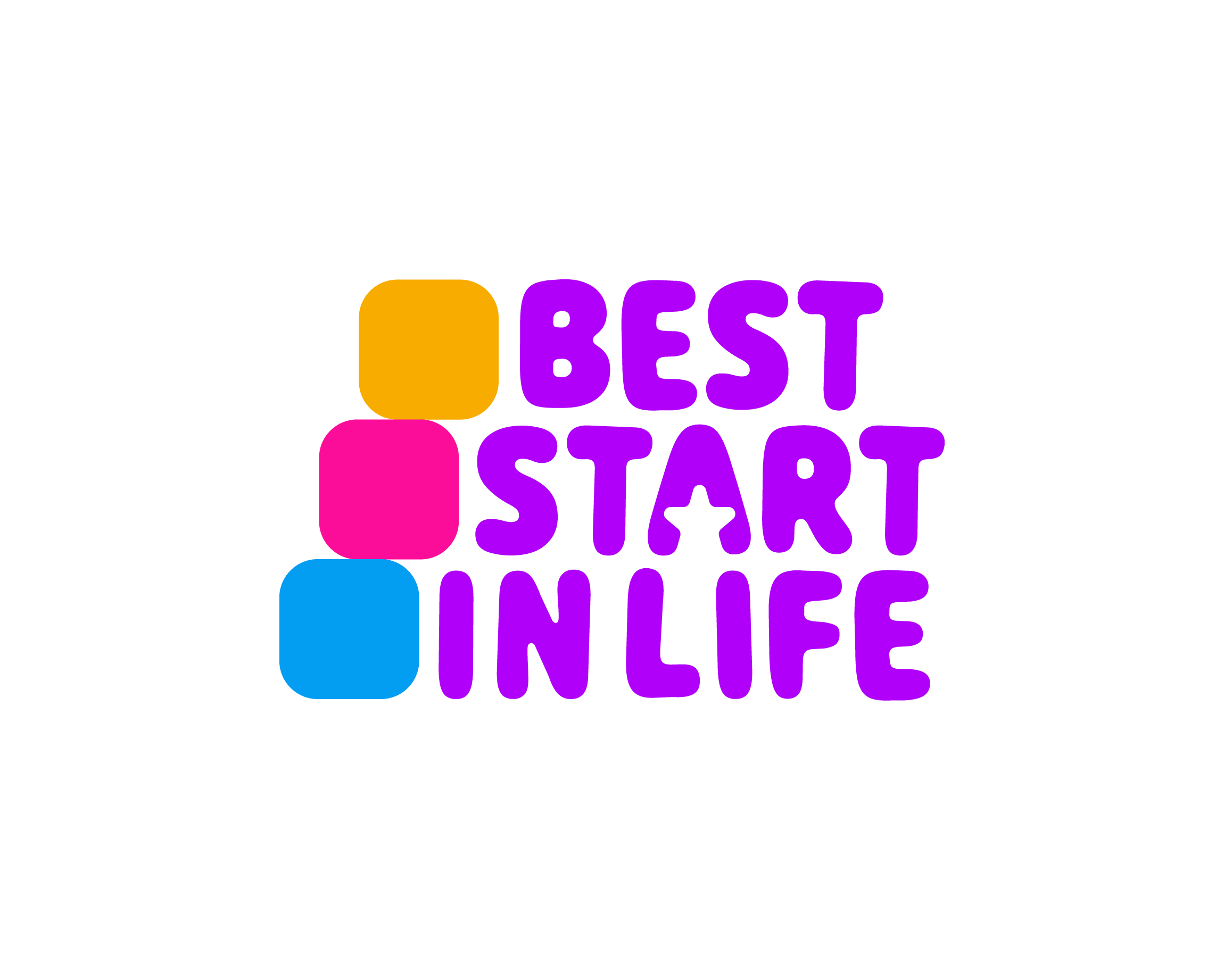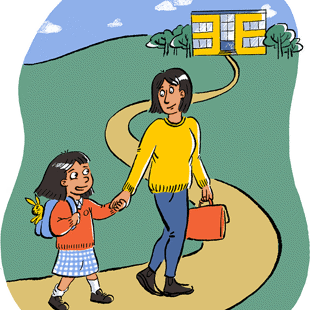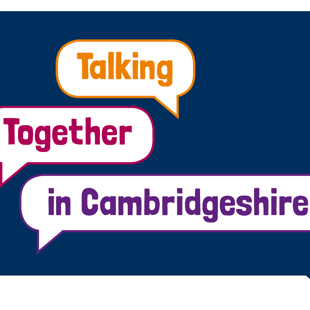
"The quality of the home learning environment is more important for a child’s intellectual and social development than parental occupation, education or income." – Sylva et al., 2004
Part of the role of the early years practitioner is to work collaboratively to support the home learning environment. In Cambridgeshire, we do this in several ways, outlined in our Home Learning Strategy.
What is the Home Learning Environment?
In early years, we refer to the Home Learning Environment (HLE) as the environment as a whole, within which children learn and develop, including both their physical home and the interactions in and around it. Therefore, the HLE is:
- Children’s physical environment, for example, the resources that they have around them, such as books and toys.
- Children’s social environment, for example, the everyday experiences, interactions with family members, opportunities for play, everyday routines, opportunities for communication, and experiences, such as trips to the library or the local child and family centre.
"The quality of the HLE is a key predictor of a child’s early language ability and future success; positive experiences can have lasting and life-changing impacts." – Department for Education, Improving the home learning environment* A behaviour change approach, November 2018, page 9.
*Size: 522KB File format: pdf
This page will support all those with an interest in supporting children’s home learning environment. For early years settings, it will also support the following outcomes from the successful early years settings framework:
- Exceptional outcomes: Leaders continuously strive for excellence by working in partnership with families and the community to share high expectations.
- Continuous development: Career-long professional learning is central to each practitioner’s work and firmly places reflection and collaboration at its heart.
- Inclusive practice: All children and families are meaningfully included in and supported by the setting.
- Quality learning: continuous learning takes place in partnership with families and the community.






